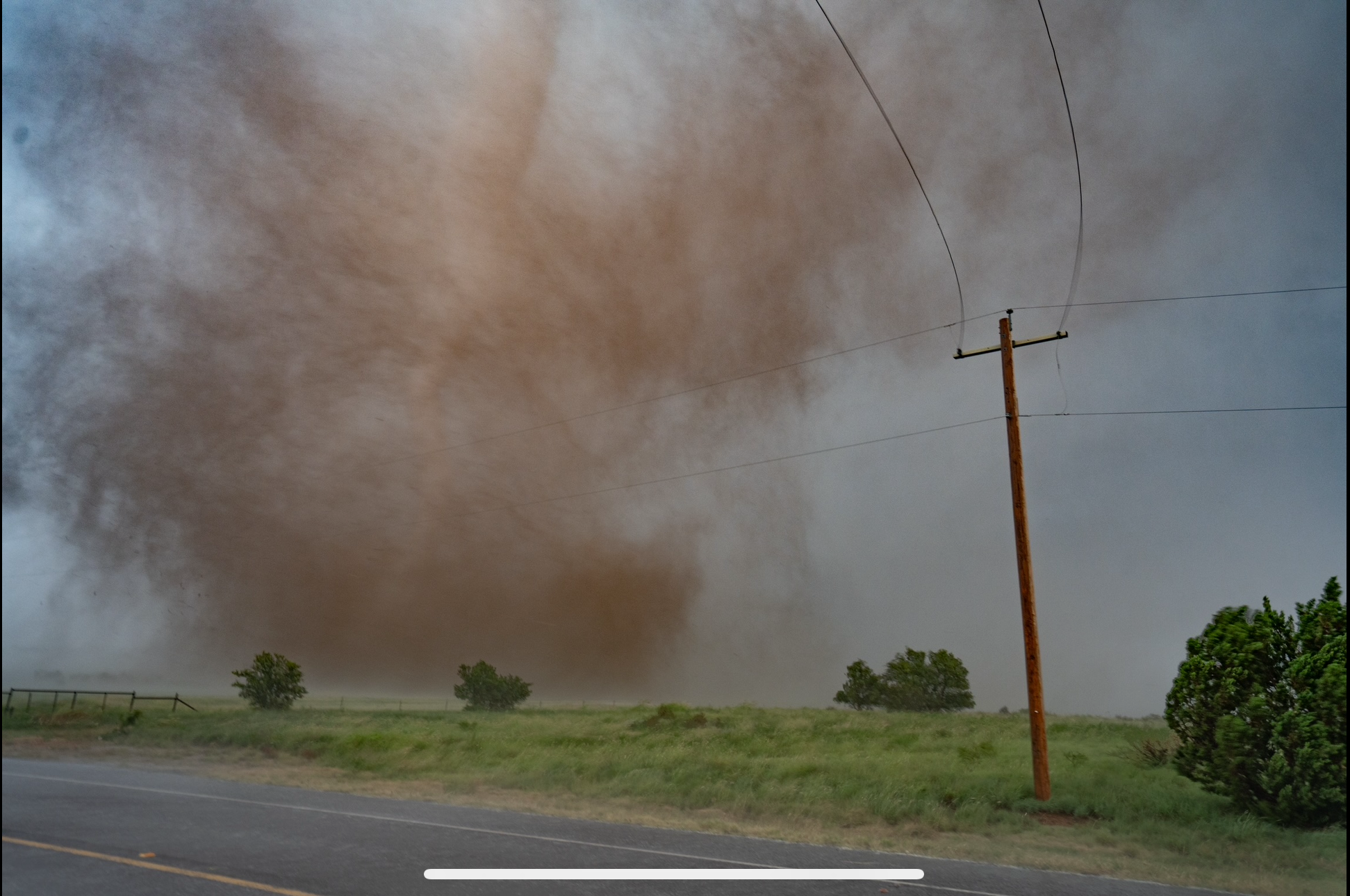By James LaDue, NOAA/NWS Warning Decision Training Division (symposium co-chair)
Did you know that the AMS is co-branding a standard with the American Society for Civil Engineers and that you can be involved as a member? For the past several years, both organizations have signed together to develop a standard on wind speed estimation for tornadoes and other severe storms. To learn more about this standard, and the methods it’s developing, the standards committee on Wind Speed Estimation is hosting a symposium this Thursday at the AMS 104th Annual Meeting, aptly named “Estimating Wind Speeds of Tornadoes and Other Windstorms.” In this conference you will learn more about how you can be involved in the process.
Ever since the EF scale was implemented in 2007, damage surveyors found reasons for improvement. They formed a grassroots stakeholder group in 2010 and published a paper in 2013 highlighting areas needing improvement. Then after the Joplin, MO tornado of 2011, an investigation led by NIST recommended that a committee be formed to improve the EF scale. But that’s not all there was to estimating wind speeds. New methods were maturing quickly to estimate winds in severe storms: methods such as Doppler radar, tree-fall patterns left behind tornadoes, probabilistic wind speed analysis forensics, multispectral passive remote sensing, and in-situ observations. Many of these methods can also be applied to other windstorm types.
The committee on Wind Speed Estimation, begun within the ASCE in 2015, is devoted to refining all of these methods into an ANSI standard (American National Standard). Comprised of engineers, meteorologists, architects, forest ecologists, an arborist, and an emergency manager, we are now deep in the internal balloting phase of the standard’s individual chapters. While the ASCE provides the logistical support for our committee, the AMS was added and the standard co-branded under both organizations. The process by which a standard forms is one of the most rigorous vetting processes known in the STEM fields and often can take a decade or more. We’ve been conducting internal ballots for several years, and this may last a couple more. Once the internal balloting phase is over, the standard goes to a public comment phase.
The Wind Speed symposium is designed to let you know how and why we have this standards process, how the methods are designed in the standard, and how you can be involved, especially when the public comment period commences. We have a panel discussion at the beginning to give you a chance to engage with the committee, followed by more in-depth presentations on the methods. There are also oral and poster presentations regarding new science coming out that could provide more advances in the standard and its application. We hope to see you there!
Featured image: Photo of tornado with dust cloud near power lines in Matador, TX, taken 21 June 2023. Image credit: James LaDue.
The “Estimating Wind Speeds of Tornadoes and Other Windstorms“ Symposium will be held Thursday, 1 February, 2024 at the AMS 104th Annual Meeting, in Baltimore and online. Learn more about the Symposium and view the program.
